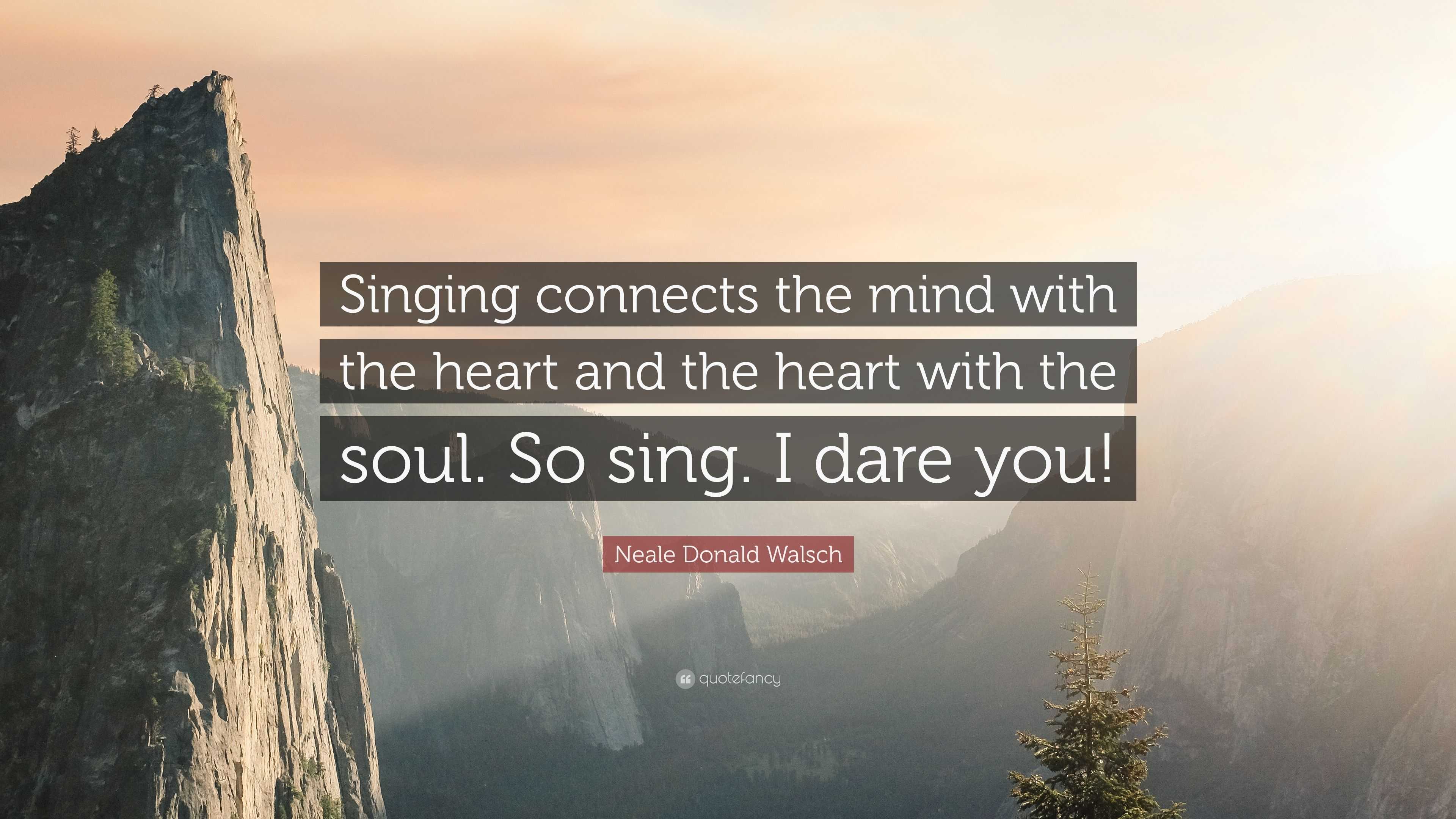The Social Soundtrack: How Singing Connects Communities Across Switzerland

The Social Soundtrack: How Singing Connects Communities Across Switzerland
Switzerland, a nation often associated with precision, punctuality, and breathtaking alpine vistas, possesses a less tangible yet equally powerful connective tissue: its vibrant social soundtrack, woven through the universal language of song. Far from being mere entertainment, singing in Switzerland acts as a potent force, forging bonds, celebrating heritage, and fostering a profound sense of belonging across its diverse communities. From the intimate warmth of a village choir to the boisterous camaraderie of a folk festival, the act of singing together transcends linguistic barriers and cultural divides, echoing the sentiment that through making music, we become bigger than ourselves.
A Tapestry of Voices: Swiss Choral Traditions
Switzerland’s relationship with singing is deeply rooted in its history. The tradition of choral singing, particularly in its many regional manifestations, is a cornerstone of community life. These aren’t just musical ensembles; they are social hubs, places where individuals from disparate backgrounds converge with a shared intention and a mutual goal.
| Type of Singing Group | Common Repertoire | Community Impact |
|---|---|---|
| Volkschor (Folk Choir) | Traditional Swiss folk songs (Liedli), yodeling | Preserves local heritage, fosters regional pride |
| Kirchenchor (Church Choir) | Sacred music, hymns, liturgical chants | Spiritual connection, intergenerational gathering |
| Gemischterchor (Mixed Choir) | Classical, popular, and international music | Broad appeal, exposure to diverse musical styles |
| Jugendchor (Youth Choir) | Contemporary popular music, musicals | Youth engagement, skill development, social integration |
These choirs, often meeting weekly, provide a consistent platform for social interaction. The act of harmonizing, of blending individual voices into a unified sound, mirrors the very essence of community building. As studies highlight, group singing can significantly reduce feelings of loneliness and social isolation, promoting a vital sense of belonging, especially crucial in today’s often fragmented society.
Echoes of Identity: From Alpine Peaks to Urban Streets
The social soundtrack of Switzerland is as varied as its landscapes. In the German-speaking regions, the robust tradition of “Liedli” (little songs) often reflects rural life, mountain traditions, and historical narratives. These songs are not merely performed; they are lived, passed down through generations, and sung at local gatherings, festivals, and even in the informal settings of mountain huts. This creates a powerful, shared identity, reinforcing cultural continuity and a sense of rootedness.
In the French-speaking cantons, the emphasis might lean towards more lyrical and expressive melodies, often influenced by French chanson and classical traditions. The Italian-speaking Ticino resonates with a passionate and melodious style, sometimes incorporating influences from its southern neighbors. Even in the Rhaeto-Romanic-speaking areas, the unique linguistic heritage is kept alive through its own distinct musical traditions.
This cultural mosaic means that while the language of song may vary, the purpose remains remarkably consistent: to connect, to express, and to reinforce shared values. Research underscores this point, demonstrating that music’s social context is intrinsically linked to collective action and the character of group gatherings, re-emphasizing the intimate relationship between music and social life.
Beyond the Choir: Singing as a Social Catalyst
The impact of singing extends far beyond organized choral groups. Informal singing circles, spontaneous sing-alongs at public events, and even the simple act of singing a familiar tune with friends or family contribute to the social fabric. These moments, often unplanned, are where music truly acts as a social catalyst, breaking down barriers and fostering empathy.
Consider the numerous Swiss festivals, from the Montreux Jazz Festival, which attracts global talent and diverse audiences, to smaller, regional folk festivals where traditional music and singing take center stage. These events provide fertile ground for communal experiences, where strangers can find common ground through shared rhythm and melody. As Psychology Today points out, when we dance and sing together, there is a palpable sense of community, a shared intention that unites everyone.
Bridging Divides: Music as a Unifier
Switzerland’s multilingual and multicultural nature, while a source of richness, can also present challenges in fostering national cohesion. Music, and particularly singing, offers a powerful, unifying force. It is a universal language that can bridge generational gaps, cultural differences, and even political viewpoints. Participation in musical activities serves as a powerful tool to dissipate these barriers, creating environments where empathy can flourish.
This is evident in projects that bring together musicians from different cultural backgrounds, as highlighted by initiatives like “Global Sounds from Switzerland,” which showcases the fusion of Swiss folk music with global rhythms. These collaborations not only create unique musical experiences but also foster understanding and respect between different communities.
The Future of the Social Soundtrack
As society evolves, so too does the way we connect through music. While traditional choral singing remains strong, new forms of communal singing are emerging, utilizing digital platforms and hybrid event models. The core principle, however, remains unchanged: the innate human desire to connect through shared musical expression.
The social soundtrack of Switzerland is a testament to the enduring power of collective singing. It is a melody of belonging, a harmony of shared identity, and a rhythm of community that resonates through the valleys, across the cities, and within the hearts of its people. It is a reminder that in a world that often prioritizes the individual, the shared act of singing together offers a profound and beautiful way to build stronger, more connected communities.

Additional Information
The Social Soundtrack: How Singing Connects Communities Across Switzerland
Switzerland, a nation renowned for its diverse landscapes, intricate clockwork, and commitment to neutrality, also possesses a rich and vibrant social fabric deeply interwoven with the power of song. Far beyond mere entertainment, singing in Switzerland acts as a potent social adhesive, fostering connection, reinforcing cultural identity, and bridging divides across its multifaceted communities. Drawing upon the understanding that music is globally dominant and intrinsically linked to social context, this exploration delves into how singing specifically contributes to the unique social landscape of Switzerland.
The fundamental principle underpinning the connective power of singing is its inherently collective nature. As highlighted by Smithsonian Folkways Recordings, “Through making music together, we become bigger than ourselves.” This sentiment resonates powerfully in Switzerland, where a strong tradition of communal activities is evident. Whether it’s an informal gathering of friends, a local festival, or a formal choir, the act of singing in unison creates an immediate sense of shared purpose and belonging. Psychology Today aptly describes this phenomenon: “When we dance and sing together, there is a sense of community, where everyone moves together with shared intentions and a mutual goal.” This shared intention, expressed through vocal harmony, can dissolve individual distinctions and foster a powerful “us” mentality.
Bridging Divides Through Shared Melodies:
Switzerland’s linguistic and cultural diversity, with its distinct German, French, Italian, and Romansh speaking regions, presents both challenges and opportunities for social cohesion. Singing serves as a powerful tool to bridge these divides. As explored by bridgetomusic.com, “Participation in musical activities serves as a powerful tool to bridge gaps among different backgrounds, cultures, and ages.” While language can sometimes be a barrier, music, particularly singing, transcends linguistic limitations. A shared folk song, even if understood differently by speakers of various languages, can evoke common emotions and cultural touchstones. Moreover, the rise of “Global Sounds from Switzerland,” where diverse musical styles interweave, demonstrates a cultural openness that singing can further amplify. When a Swiss folk tune is infused with Balkan rhythms or Afrobeat, it not only celebrates heritage but also opens doors to new understandings and connections with individuals from different backgrounds.
The Choir as a Microcosm of Swiss Society:
Perhaps the most tangible manifestation of singing’s community-building power in Switzerland lies in its thriving choral tradition. From small village ensembles to larger city choirs, these groups offer a structured yet deeply personal avenue for social connection. Businessinterviewer.com points out that “Studies indicate that singing in a choir or group can reduce feelings of loneliness and social isolation, promoting a sense of belonging and community.” In a modern society where social isolation is a growing concern, choirs provide a vital antidote. They offer regular opportunities for social interaction, shared accomplishment, and mutual support. Within the choir, individuals from diverse professional, social, and generational backgrounds come together, united by their passion for music. This shared experience can foster empathy and understanding, breaking down societal hierarchies and promoting a more inclusive environment. The Royal Society emphasizes this, noting that “All factors considered here—social context, community size, social differentiation—relate in some way or another to the frequency and character of group gatherings and collective action, emphasizing once again the main theme of our study: the intimate relationship between music and social life.” Choirs, as dedicated “group gatherings,” perfectly exemplify this intimate relationship.
Beyond the Formal: Informal Singing as Social Glue:
While formal choirs are significant, the social power of singing in Switzerland extends to more informal settings. Singalongs at local pubs, spontaneous street performances, or family gatherings where traditional songs are passed down through generations all contribute to the social soundtrack. Lifemili.eu notes that “From tribal drum circles to modern-day concerts, music has played a significant role in facilitating social connections.” In Switzerland, these informal musical moments act as vital social glue, reinforcing bonds of friendship, family, and local identity. They create shared memories and foster a sense of continuity, connecting present generations with the traditions of the past.
The Emotional Resonance of Collective Singing:
The act of singing together also taps into deep-seated human emotional responses. The shared experience of producing sound, particularly harmonious sound, can be cathartic and uplifting. It can amplify joy, provide solace during difficult times, and foster a sense of collective resilience. The Smithsonian’s mention of music transforming lives and engaging individuals underscores this emotional impact. In Switzerland, where a stoic reputation sometimes prevails, singing can be a powerful outlet for emotional expression and connection, allowing individuals to be vulnerable and supported within a communal context.
Conclusion:
The social soundtrack of Switzerland is rich and varied, with singing playing a crucial role in weaving its diverse communities together. From the structured harmony of choirs to the spontaneous joy of informal singalongs, the act of singing transcends linguistic and cultural barriers, fosters a sense of belonging, and provides a powerful antidote to social isolation. By engaging individuals in a shared, emotional, and intrinsically social activity, singing in Switzerland acts as a vital force for connection, community building, and the reinforcement of its unique cultural identity. As long as Swiss voices are raised in song, their communities will continue to find strength, unity, and a shared sense of purpose.
